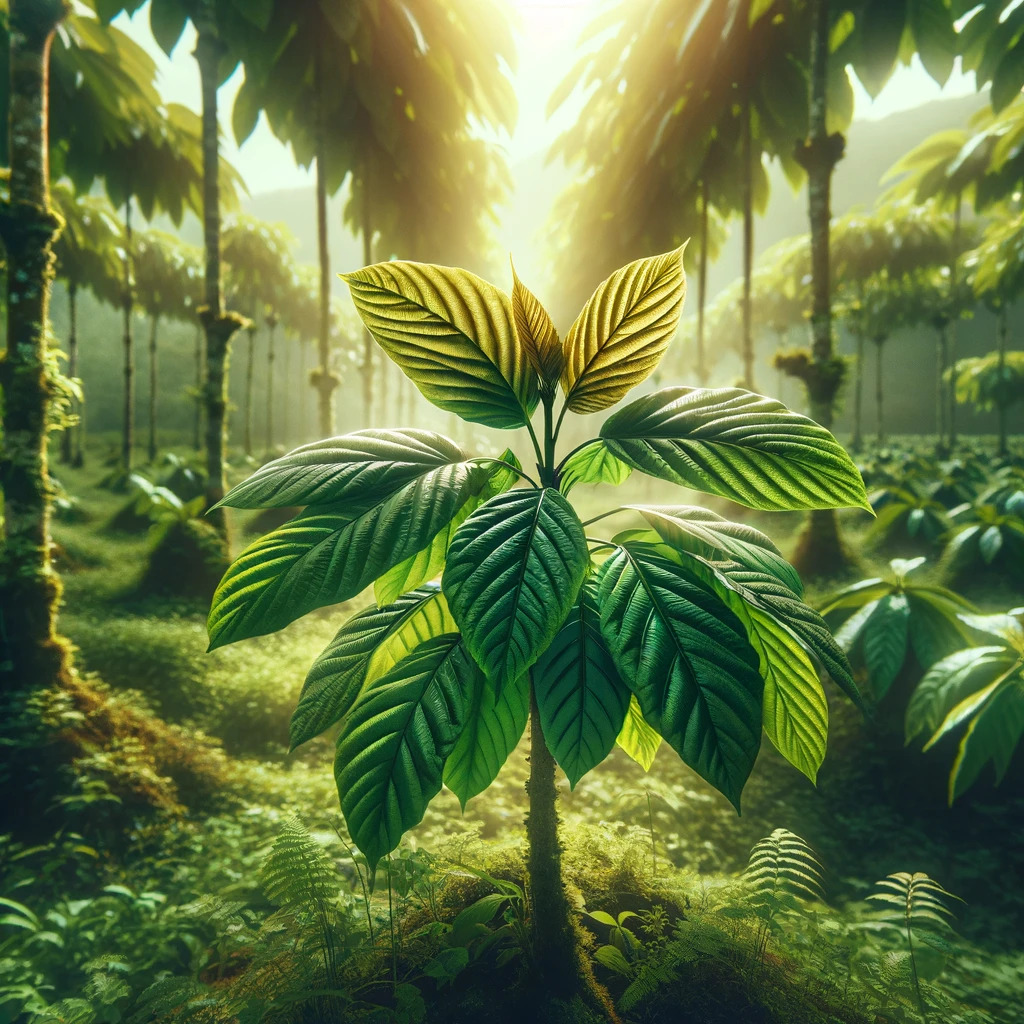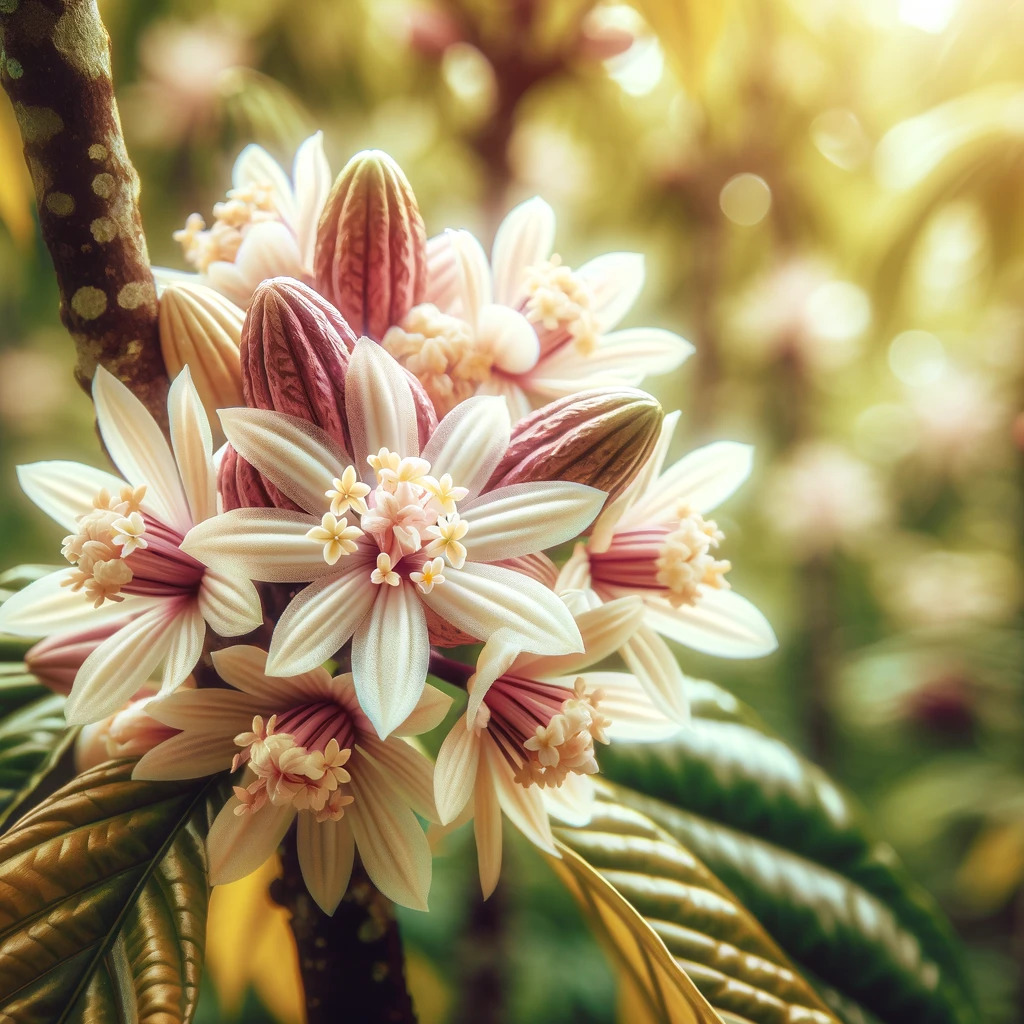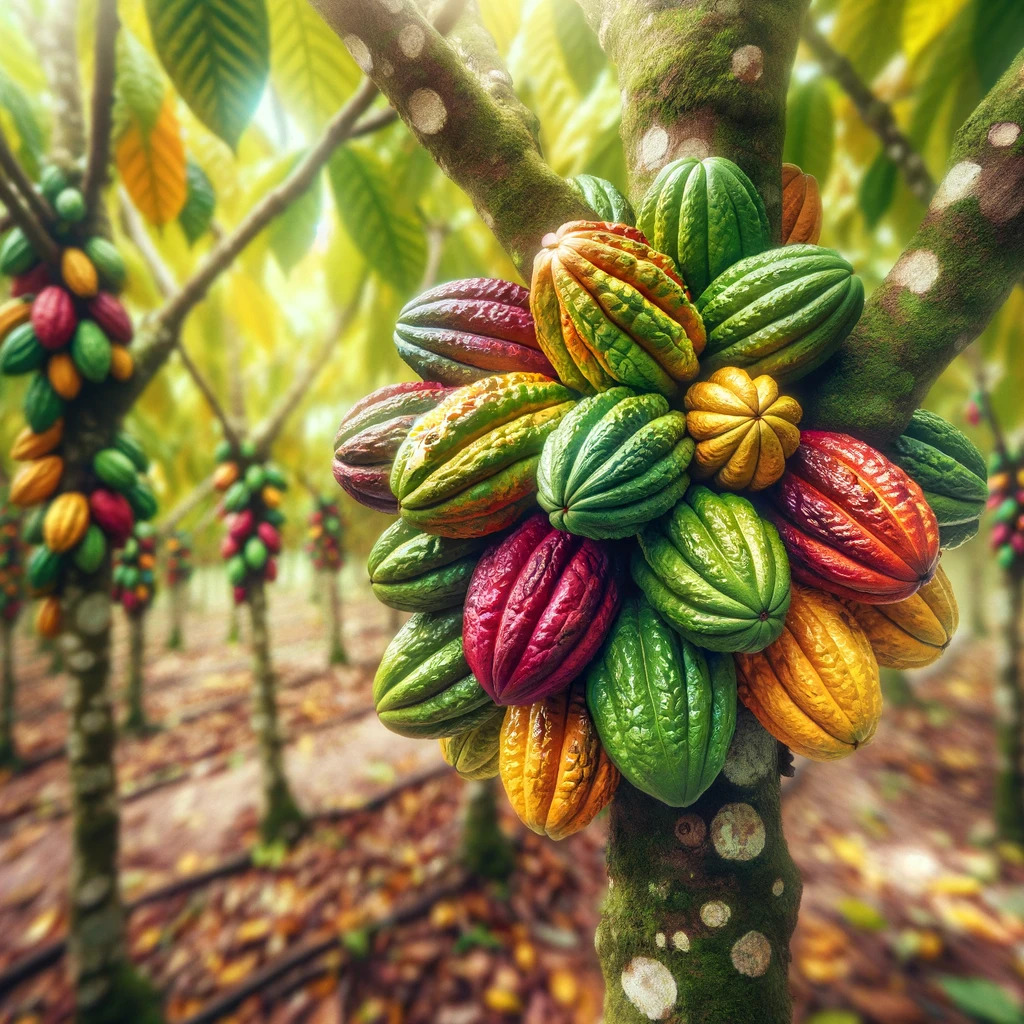
Cocoa, an essential ingredient in chocolate, is a crop of great importance in many regions of Latin America. Having an in-depth understanding of the phenological stages of cocoa is essential for growers looking to improve both the quality and yield of their crops. This article provides a detailed overview of each stage in the cocoa’s life cycle, with relevant technical information to optimize its cultivation.
Phenological Stages of Cocoa
Stage 1: Germination and Initial Growth
- Beginning of the Life Cycle: Cocoa germination starts with the planting of fresh seeds. It is crucial to maintain constant humidity and protect the seeds from extreme temperature fluctuations.
- Development of Seedlings: Once seedlings emerge, they require special care such as partial shade and protection from strong winds. Nutrient-rich soil is essential for healthy growth.

Stage 2: Vegetative Development
- Growth of Leaves and Stems: During this phase, cocoa develops its vegetative structure. It is important to provide adequate shade and balanced nutrition to promote strong and resilient growth.
- Tree Formation: Pruning and canopy management are crucial to shape the cocoa tree and ensure uniform distribution of light and air, key factors for healthy tree development.

Stage 3: Flowering and Pollination
- Flowering: Cocoa trees produce small flowers throughout the year. Climatic conditions and proper soil and nutrient management influence flowering.
- Pollination: Pollination is mostly carried out by small insects. Conserving a healthy natural environment around cocoa groves is essential to maintain an active population of pollinators.

Stage 4: Fruit Development
- Fruiting: After pollination, cocoa pods develop. This process requires constant monitoring to control pests and diseases.
- Ripening: The ripening of pods takes several months. During this time, it is crucial to maintain proper irrigation and protect the fruits from adverse weather conditions.

Stage 5: Harvest and Processing
- Harvest: Cocoa harvesting is generally done by hand, carefully selecting ripe pods. Timely harvesting is crucial for cocoa quality.
- Post-Harvest: After harvesting, cocoa beans are extracted, fermented, and dried. Each of these steps must be carefully controlled to ensure the final product’s quality.
Conclusion
A deep understanding of cocoa’s phenological stages is vital for any producer aiming for high-quality production. Implementing proper agricultural practices at each stage can make a difference in the quality of the cocoa produced.
 AgronoBlog – Agriculture Blog
AgronoBlog – Agriculture Blog